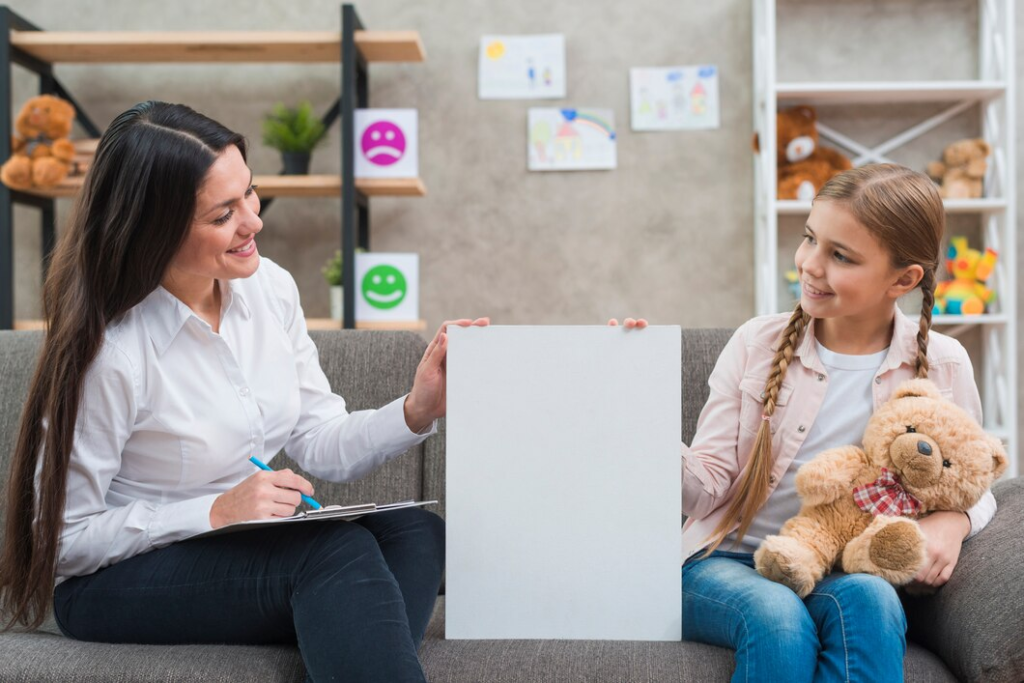Cognitive Behavioral Therapy is accepted globally as a premier method of treating several mental disorders in children. CBT involves empowering children to change the way they think, hence challenging their negative feelings and improving ways of handling them. Specifically, this article aims to review the potential of CBT for children, as well as the major strategies, techniques, and positive outcomes related to the usage of this approach. To learn more in detail, keep reading this guide till the end.
Understanding Cognitive-Behavioral Therapy (CBT)
Cognitive behavior therapy or CBT is a type of therapy applied to alter improper ways of thinking and misguided behavior. It is grounded on the notion that the thoughts that individuals hold affect their feelings and behavior.
In addition to that, in children, CBT is delivered in a more child-friendly and structured manner, where children are introduced to fun-filled games and creative activities to deliberate and change their thoughts and behaviors.
Benefits of CBT for Children
CBT offers the following advantages for children; a) Emotional control and self-control b) Problem-solving skills c) Effectual means of handling anxiety and depression d) Self-worth and e) Behavioral and social skills. These benefits affect mental health as a whole and can yield positive impacts that may extend throughout the rest of a child’s life.
Key Techniques Used in CBT for Children
Some of the methods that can be applied in CBT for children include challenging negative thoughts, counseling, exposure therapy, behavioral activation, relaxation techniques, teaching proper social skills, etc. They are modified to suit the children and often involve fun games that assist the children in disputing negative thoughts, coping with stress, and dealing with communication.
Implementing CBT in Different Settings
CBT can be used in individual therapy, group therapy, applied in school settings, and with parents. CBT can be undertaken in various settings that range from individual, group, and family, or in a combination of methods that will ensure successful delivery of the program. Therefore, all selected environments have their benefits and are chosen individually depending on what will be most helpful for the child, providing a well-rounded treatment plan.
Challenges and Considerations in CBT for Children
When it comes to using CBT, however, there are specific concerns, which include a child’s motivation and ability to proceed through CBT pleasant and engaging, choice of techniques based on the child’s development level, parental cooperation and involvement, and a regular and continuous application of CBT techniques. These are complex aspects that can only be met through great teamwork between the therapist, parents, and educators.
Conclusion
To sum up the above discussion, cognitive-behavioral therapy can prove to be a highly effective intervention methodology for children who experience a variety of psychological problems and wish to learn how to construct more adaptive psychological patterns. It is only if parents, educators, and different specialists know the principles and methods of CBT. This way children will have a chance to deal with different mental issues and become healthy and strong-heeled adults.
